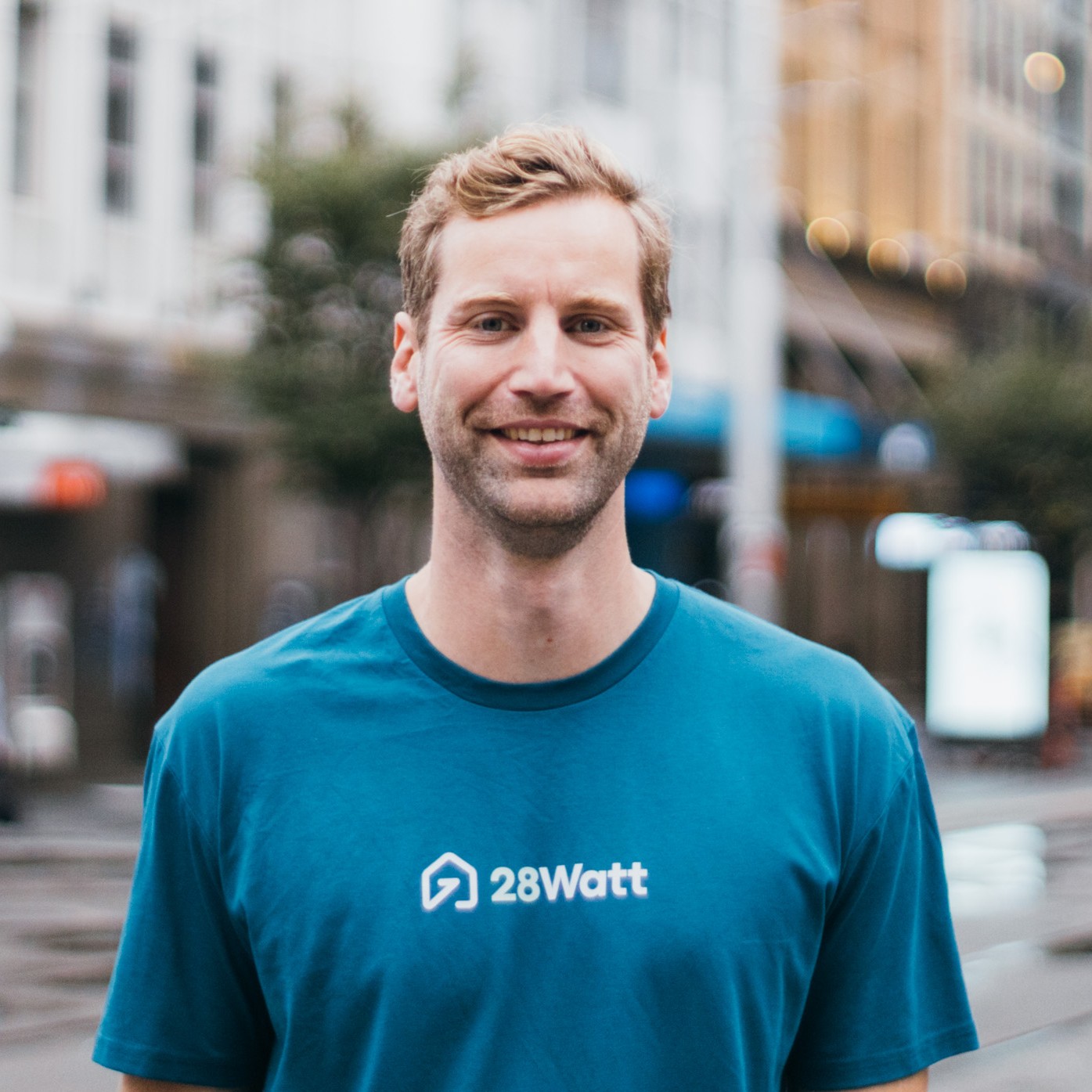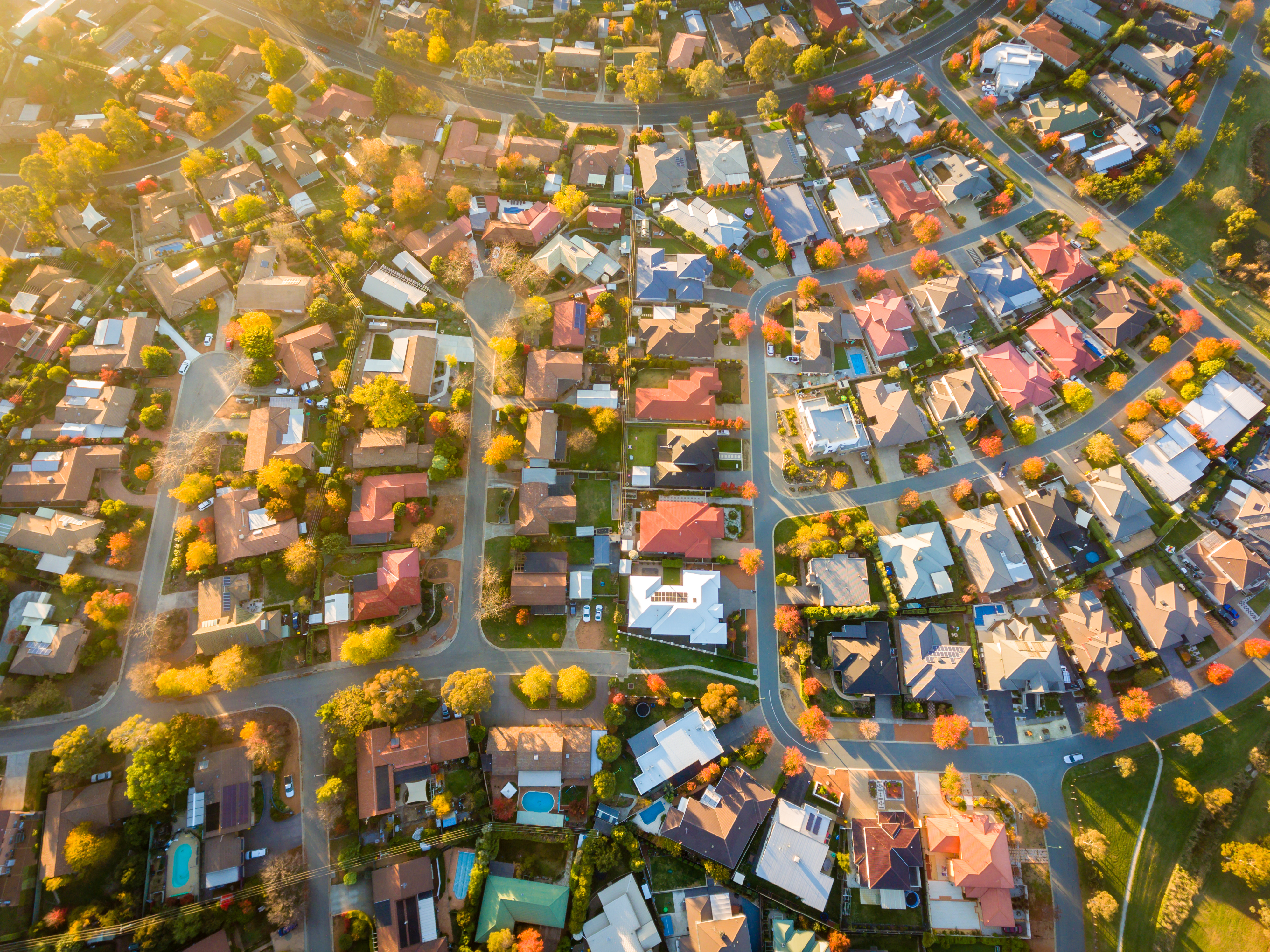The property market has spoken loud and clear: energy efficiency pays. New data from Domain reveals that Australian buyers are willing to pay a massive $118,000 premium for homes with energy-efficient features - and this trend shows no signs of slowing down.
If you've been on the fence about upgrading your home with solar panels, batteries, or other energy-efficient technologies, this market data should give you serious confidence that you're making a smart financial move.
The Numbers Don't Lie
According to Domain's latest "Sustainability in Property 2025" report, covered extensively in the Australian Financial Review and ABC News, buyers across Australia are paying significant premiums for energy-efficient homes:
- Houses: $118,000 more (14.5% premium)
- Units: $75,000 more (12% premium)
But here's what makes this even more compelling - this premium has proven remarkably resilient, even when property markets have cooled. As Domain's head of research Nicola Powell notes, "That premium is proving remarkably resilient over time, even when a market is slowing down."

Source: Domain's 2025 Sustainability in Property Report Coverage
More Than Just Higher Prices - Buyers Are Actively Searching
Domain's research reveals something even more telling about buyer behavior: energy-efficient houses attracted 13.8% more listing views than non-energy-efficient ones in 2025, with units seeing 6.5% more engagement.
This isn't just about final sale prices - it's about active buyer demand. More Aussies are specifically searching for energy-efficient homes, which means if you've upgraded your property, you're likely to see more interest when you sell.
Why Aussie Buyers Are Paying More
The research highlights a fundamental shift in how homebuyers think about property purchases. Buyers aren't just looking at the upfront purchase price anymore - they're calculating the total cost of ownership, including ongoing energy bills.
This mirrors exactly what we see every day at 28Watt. Homeowners like Jenny Ku, who features in the AFR article covering the Domain research, are making decisions based on long-term savings potential. When Jenny and her husband were house hunting in 2021, they ended up paying $200,000 more than planned for a townhouse with energy-efficient features.
Why? As Jenny puts it: "The fact it was potentially going to save us on energy and bills was definitely attractive, especially at a time when energy bills started to go really high."
Queensland Leading the Charge - Especially Middle-Income Areas
One of the most surprising findings from Domain's research contradicts the assumption that energy-efficient homes are just for wealthy buyers. Many of the top-performing energy-efficient suburbs are located in middle-income areas - where buyers are seeking long-term cost relief and resilience against rising bills.
Queensland suburbs are particularly strong performers:
- Calamvale (QLD) posted energy-efficient house premiums of 35-75%
- Brisbane houses with energy-efficient features sold for 14.1% more ($120,000 premium)
- Average household incomes in these high-premium areas are well below major capital city levels
This points to a broadening buyer mindset: energy efficiency is increasingly viewed as a wealth-building strategy, not just a lifestyle preference.
What Features Command the Highest Premiums
Domain's data shows specific energy-efficient features that buyers value most:
Highest Value Features:
- North-facing orientation: $375,500 premium nationally ($615,000 in Sydney!)
- Double-glazed windows: $145,000 average premium
- Solar panels: $140,000 average premium
While solar remains the most common energy-efficient feature (found in 37.6% of houses sold in 2025), less widespread features like double glazing and passive design are driving outsized value thanks to their relative scarcity and comfort benefits.
Regional Breakdown: Where Energy Efficiency Pays Most
The data shows fascinating regional differences across Australia:
Highest Premiums for Energy-Efficient Houses:
- Melbourne: 23.8% ($197,000)
- Perth: 16.1% ($118,000)
- Brisbane: 14.1% ($120,000)
- Sydney: 12.3% ($180,500)
For Units:
- Perth: 19.2% ($92,250)
- Melbourne: 17.8% ($95,000)
- Canberra: 17.6% ($84,000)
Melbourne's leading position makes perfect sense. With extreme weather events becoming more common and energy costs continuing to rise, buyers are placing enormous value on homes that will be cheaper to run and more comfortable to live in.
What This Means for Your Home
If you're a homeowner, this data represents a huge opportunity. You don't need to wait for someone else to build an energy-efficient home - you can create one yourself and capture this value premium.
Here's the smart approach:
Start with High-Impact Upgrades
The most effective energy-efficient upgrades that buyers value include:
- Solar panel systems (immediate bill reduction + property value boost)
- Battery storage (energy independence + backup power)
- Heat pump hot water systems (eliminate gas dependency)
- Efficient heating and cooling (year-round comfort + lower bills)
- Double-glazed windows (comfort + significant premium)
Calculate Your Total Return
When you factor in both the energy bill savings AND the property value increase, the return on investment becomes compelling:
- Immediate benefit: Lower energy bills from day one
- Long-term benefit: Higher property value when you sell
- Financing benefit: Access to discounted green home loan rates
The Smart Way to Finance Your Upgrades
Here's where it gets really interesting. While buyers are paying premium prices for energy-efficient homes, you don't need to pay premium prices to create one.
Green loans and discounted mortgage rates mean you can often finance energy-efficient upgrades at below-market interest rates. For example:
- CommBank Green Loan: 3.99% with no fees
- Bank Australia Clean Energy Home Loan: Up to 0.7% discount on your entire mortgage
- Westpac Green Loan: Competitive rates for existing mortgage holders
But here's an even smarter strategy: upgrading your home can actually qualify you for better mortgage rates. Take Gateway Bank's Green Plus Home Loan as a perfect example. Once your home meets their energy efficiency criteria through upgrades like solar panels or battery storage, you can access a 25 basis point discount off their standard home loan rate. That's potentially thousands in savings on your mortgage repayments each year - on top of the lower energy bills and increased property value you're already getting.
The beauty of this approach? You get the energy bill savings immediately, while building equity that the market clearly values, and you can reduce your mortgage payments for years to come.
Your Next Steps
The property market is sending a clear signal: energy efficiency is no longer nice-to-have, it's a valuable investment that buyers will pay significant premiums for.
As Domain's Dr Nicola Powell puts it: "Energy-efficient homes are no longer an ethical choice – they're a smart financial choice, particularly given rising energy prices and mounting cost-of-living pressures."
Want to explore how energy-efficient upgrades could unlock better mortgage rates for your home? Discover all your green home loan options here.
The property market has spoken - energy efficiency pays. The question is: will you capture this value for your home?
Sources and Further Reading
- Domain's 2025 Sustainability in Property Report Coverage
- Queensland Energy Efficiency Standards
- Green Loans Guide
Ready to join the thousands of Aussie homeowners who are lowering their bills and boosting their property values? Complete your Free Home Assessment today and take the first step toward an energy-efficient home that buyers will fight over.


